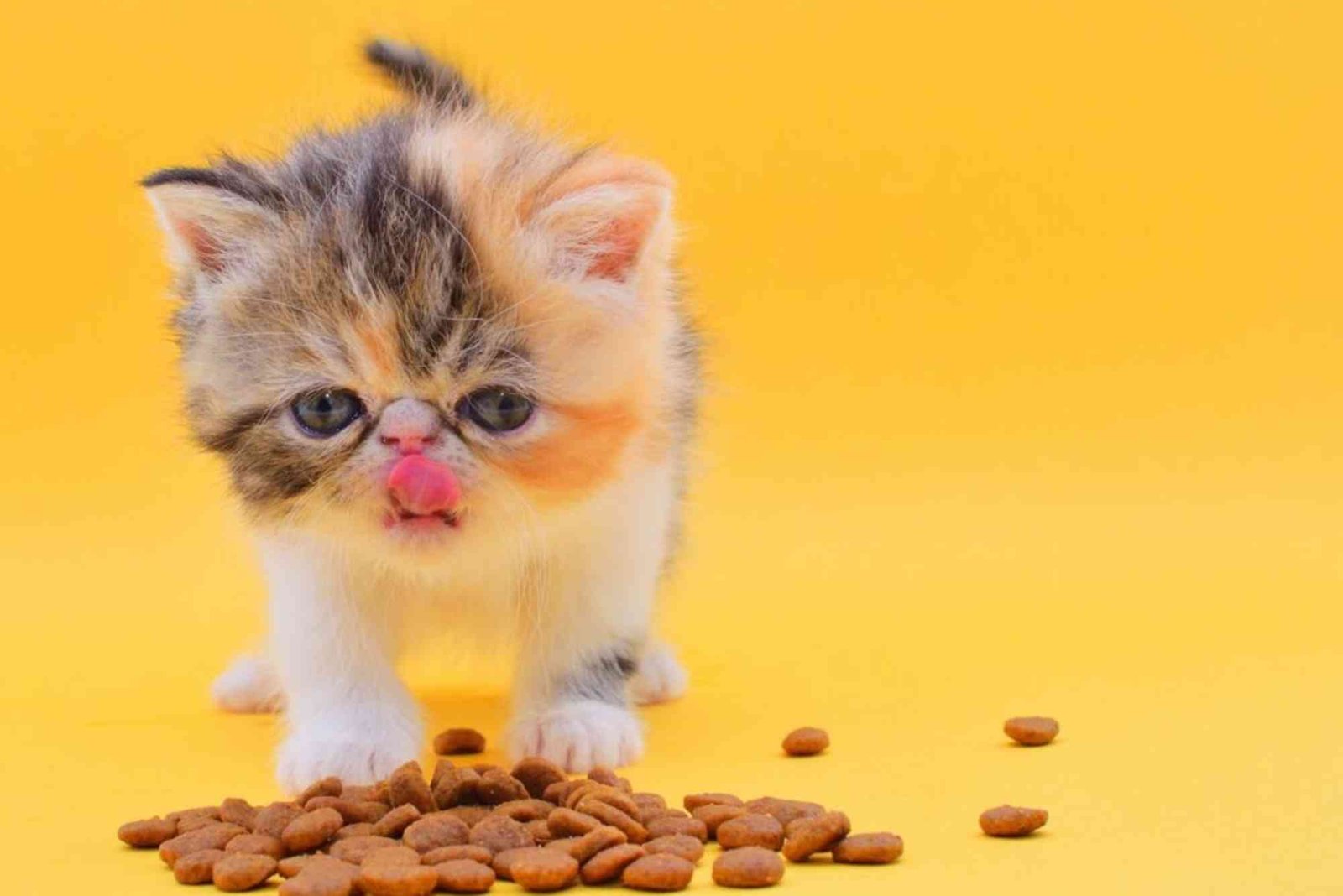Best Persian Kitten Food: A Complete Guide for Owners
Persian kittens are a delight to have as pets. With their unique long fur and distinctive flat faces, they require a tailored diet to maintain their health and beauty. In this article, we’ll explore the best Persian kitten food, feeding tips, and everything you need to know about meeting their nutritional needs.
Why Does Persian Kitten Food Matter?
Proper nutrition is crucial for Persian kittens to support their growth, maintain their luxurious coats, and prevent health issues. Persian Kitten Food Unlike regular cats, Persian kittens have specific dietary needs due to:
- Sensitive Stomachs
- Prone to Hairballs
- Flat Faces (Brachycephalic Breed)
What to Look for in Persian Kitten Food?
When selecting food for your Persian kitten, keep the following factors in mind:
High-Quality Protein
Ensure the food includes quality protein like chicken, fish, or turkey for muscle growth.
Omega Fatty Acids
These are essential for their shiny coats and skin health.
Easily Digestible Carbohydrates
Sweet potatoes and rice are excellent choices.
Added Fiber
Fiber helps manage hairballs, a common issue for Persians.
Specialized Kibble Shape
Choose brands that design kibble for flat-faced breeds to make eating easier.
Top Brands for Persian Kitten Food
Here are some of the best options for Persian kittens:
Royal Canin Persian Kitten Food
- Specially designed for Persian kittens.
- Contains balanced nutrients to promote digestion and coat health.
Hill’s Science Diet Kitten Food
- Packed with natural ingredients.
- Supports brain and eye development with DHA from fish oil.
Blue Buffalo Wilderness Kitten Food
- Grain-free formula with real chicken as the first ingredient.
- High in protein to support active kittens.
Feeding Schedule for Persian Kittens
- Age 2–6 months: 4 meals a day.
- Age 6–12 months: Gradually reduce to 3 meals a day.
- Post 12 months: Transition to 2 meals a day and adult food.
Homemade Food for Persian Kittens
You can also prepare food at home using these guidelines:
- Boiled Chicken & Rice: A balanced and digestible meal.
- Fish with Veggies: Rich in Omega-3, helps coat shine.
- Cooked Eggs: Provides protein and biotin for their fur.
Always consult your vet before introducing homemade meals.
Common Mistakes to Avoid When Feeding Persian Kittens
Overfeeding
Persian kittens can easily gain weight if overfed. Stick to recommended portions.
Feeding Milk
Kittens are lactose intolerant; avoid milk to prevent stomach upset.
Skipping Vet Advice
Always discuss dietary changes with a veterinarian.
FAQs: Persian Kitten Food
Q1. How often should I feed my Persian kitten?
Feed them 4 times a day until 6 months, then gradually reduce meals.
Q2. Can Persian kittens eat regular cat food?
Not recommended. Persian kittens need specialized food for their unique needs.
Q3. Is wet food better than dry food for Persian kittens?
A mix of both works best, but dry food helps reduce dental issues.
Q4. What should I avoid feeding my Persian kitten?
Avoid chocolate, garlic, onions, and human foods like chips or sweets.
Q5. When should I transition to adult cat food?
Switch around their first birthday but consult your vet first.
Providing your Persian kitten with the right food ensures a happy, healthy life. Follow these guidelines, and your fluffy companion will thrive!




